The Cincinnati Open, one of the longest-running tennis tournaments in the U.S., is undergoing a campus-wide renovation of the sports complex. The Cincinnati Open Campus Transformation aims to improve both fan and player experiences ahead of the event’s expanded 2025 tournament.
The work represents the next stage of tournament owner Beemok Capital’s $260 million investment in upgrades to help keep Cincinnati Open in its hometown for the next 25 years. This year marks the Cincinnati Open’s 125th anniversary.
The reimagined campus will feature modern stadium façades and extensive landscaping to create a park-like atmosphere. At the heart of the campus, both Center Court and Grandstand Court will get a sleek, continuous façade. A canopy-shaded fan plaza will provide more greenspace.
“When complete, the grounds will feature an increase in green space and trees. This will be paired with an updated campus aesthetic showcasing clean lines, simple, elegant forms and a fresh, neutral color palette that will beautifully complement the park-like setting,” Kristin Byrd, design director and architect, Gensler, said in a statement.
Byrd added that the design team aimed to create “an authentic sense of place by incorporating regional building materials, engaging with local artisans, and honoring the tournament’s history through layering of art and historical iconography—all with a modern twist.”
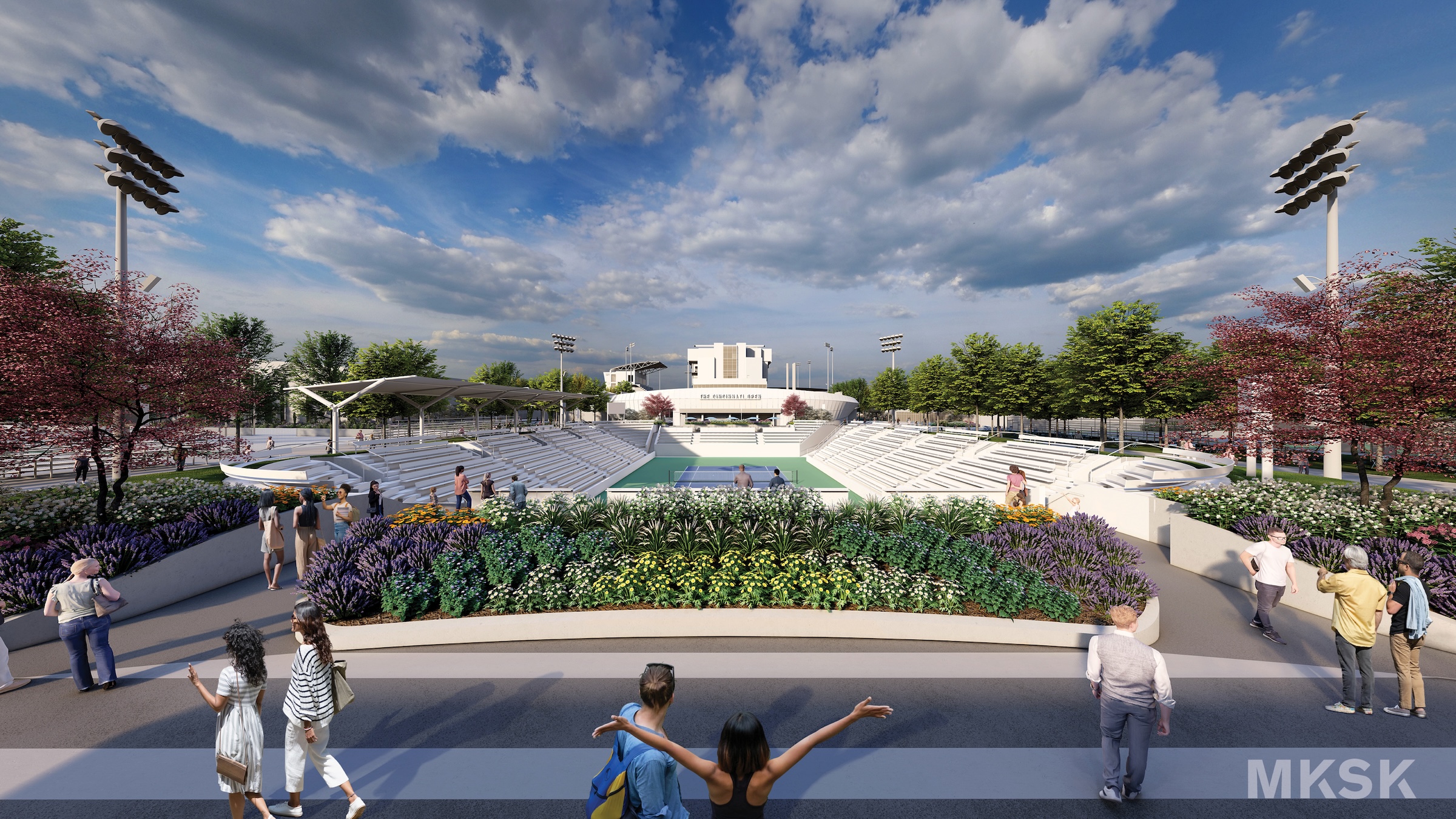
To increase capacity for the expanded tournament, the project will add fan amenities, courts, and player facilities. The campus will get a new 2,000-seat sunken stadium, which will be the fourth largest of the venue’s five permanent stadiums. The stadium is one of 10 new courts, bringing the campus court total to 31.
Another addition is a 56,000-sf, two-story player center. The facility will include lounge and restaurant space for the tournament’s players and their support teams, wellness and recovery rooms for the players, and locker rooms for coaches.
Existing player facilities in the Paul Flory Player Center will be renovated to provide more locker room space and an expanded fitness center. Other planned additions include a six-court indoor facility, six pickleball courts, and two padel courts.
The 2025 Cincinnati Open Campus Transformation projects are in addition to previously announced work currently underway to upgrade the seating experience in Center Court and Grandstand Court, add four practice courts, renovate the Crosscourt Suites and Top Deck lounge areas, and create a new hospitality suite overlooking Grandstand Court.
On the Building Team:
Owner: Beemok Capital
Design architect: Gensler
MEP engineer: Smith Seckman Reid, Inc.
Structural engineer: Walter P Moore
General contractor: Barton Malow
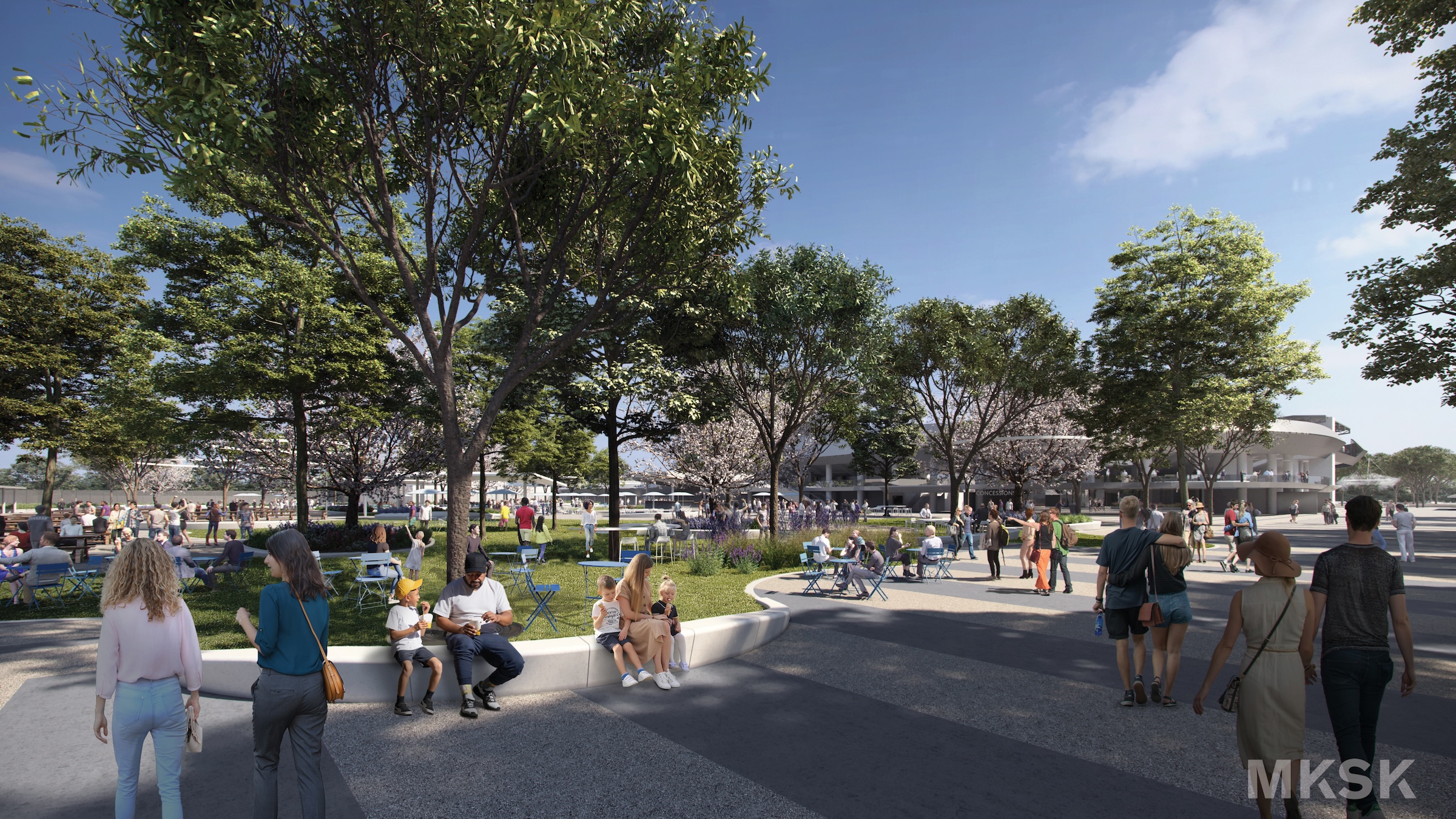
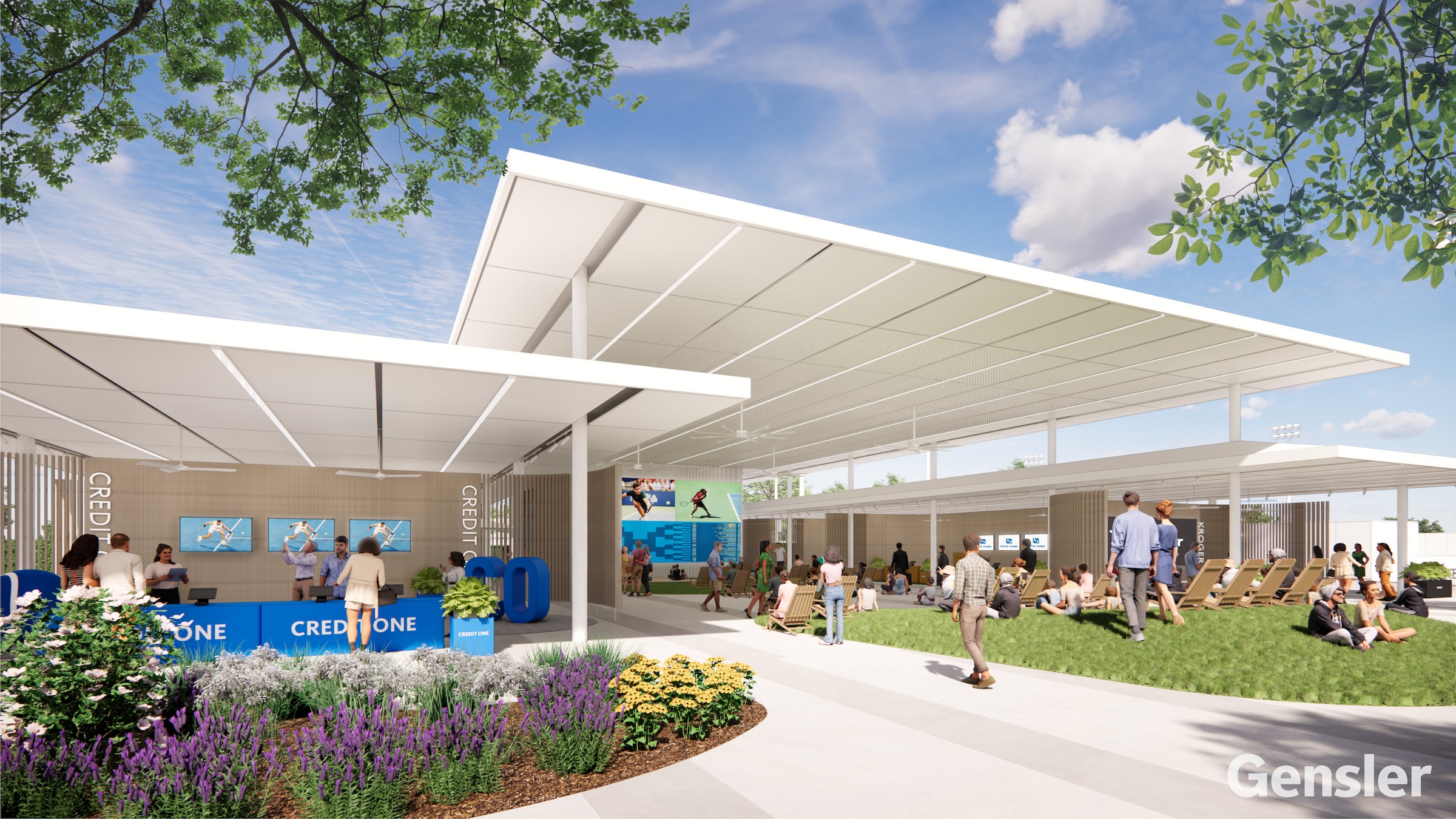
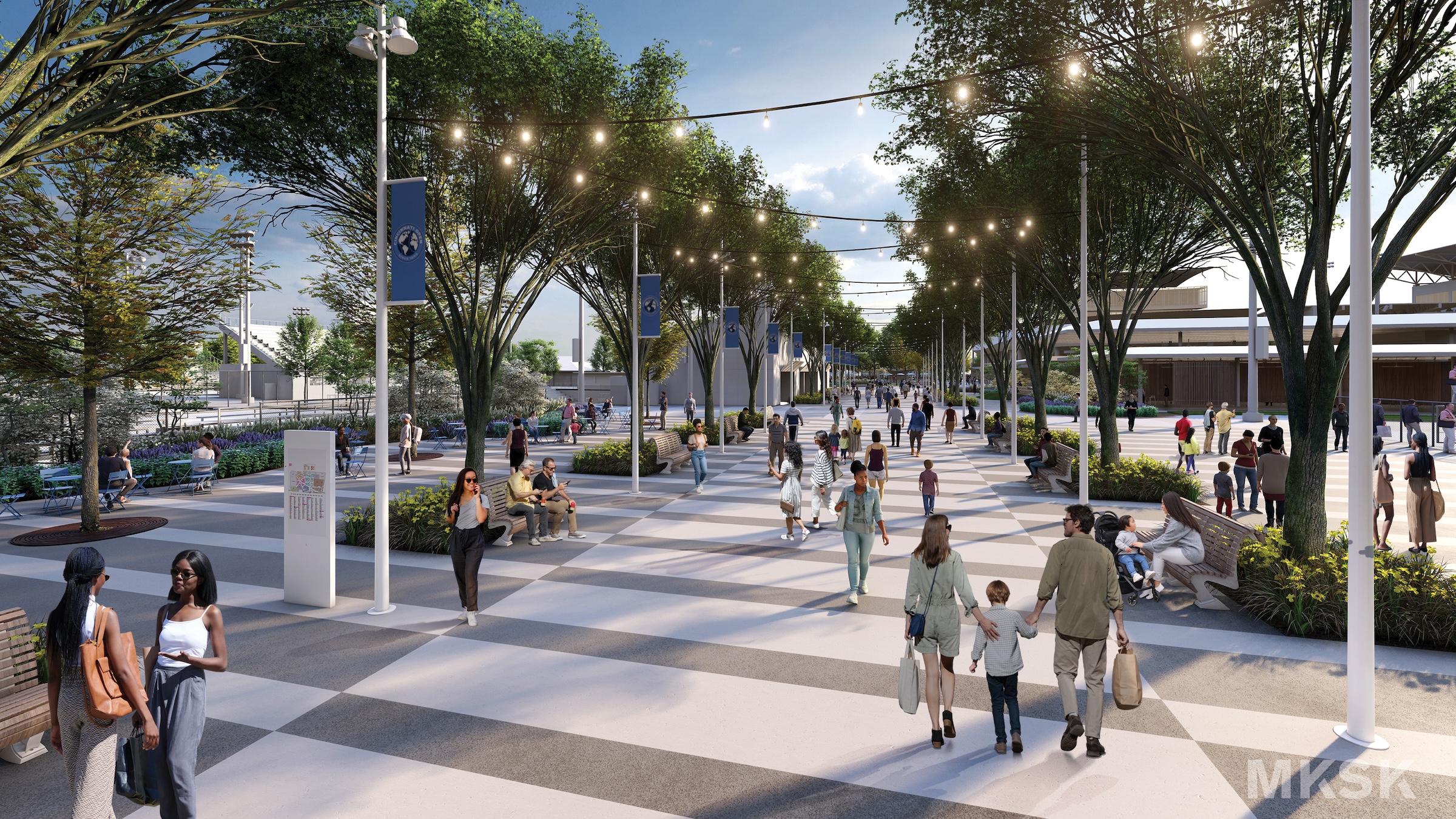
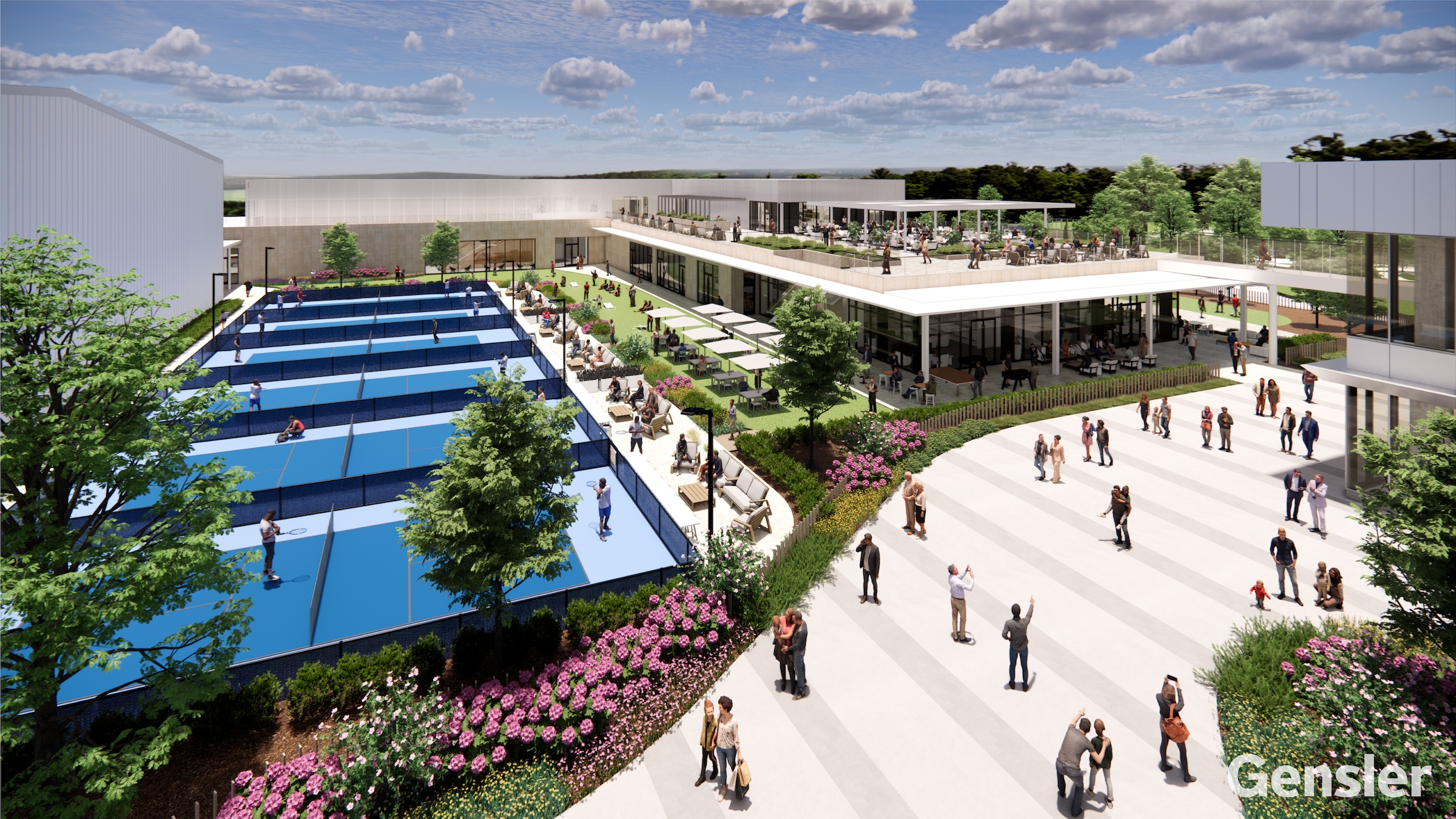
Related Stories
| Aug 11, 2010
Nurturing the Community
The best seat in the house at the new Seahawks Stadium in Seattle isn't on the 50-yard line. It's in the southeast corner, at the very top of the upper bowl. "From there you have a corner-to-corner view of the field and an inspiring grasp of the surrounding city," says Kelly Kerns, project leader with architect/engineer Ellerbe Becket, Kansas City, Mo.
| Aug 11, 2010
Financial Wizardry Builds a Community
At 69 square miles, Vineland is New Jersey's largest city, at least in geographic area, and it has a rich history. It was established in 1861 as a planned community (well before there were such things) by the utopian Charles Landis. It was in Vineland that Dr. Thomas Welch found a way to preserve grape juice without fermenting it, creating a wine substitute for church use (the town was dry).
| Aug 11, 2010
Integrated Project Delivery builds a brave, new BIM world
Three-dimensional information, such as that provided by building information modeling, allows all members of the Building Team to visualize the many components of a project and how they work together. BIM and other 3D tools convey the idea and intent of the designer to the entire Building Team and lay the groundwork for integrated project delivery.
| Aug 11, 2010
Bronze Award: Alumni Gymnasium Renovation, Dartmouth College Hanover, N.H.
At a time when institutions of higher learning are spending tens of millions of dollars erecting massive, cutting-edge recreation and fitness centers, Dartmouth College in Hanover, N.H., decided to take a more modest, historical approach. Instead of building an ultra-grand new facility, the university chose to breathe new life into its landmark Alumni Gymnasium by transforming the outdated 99-y...







